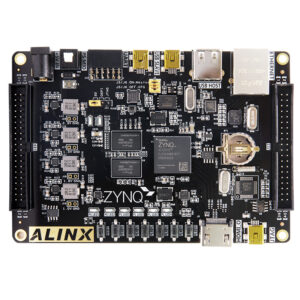At times, when the circuit is unexpectedly given a high current supply, the components are in jeopardy of getting damaged. In order to prevent the components prematurely from the high current supply, we use a Fuse that acts as a warning component for the rest.
Brief Description about Fuse
A Fuse is nothing more than a short length of wire designed to melt and separate in the event of excessive current. The Fuse is derived from Italian word “Fuso” meaning “Spindle”. It could be also called as a Suicidal device or Sacrificial device, as it sacrifices itself to provide overcurrent protection, of either the load or source circuit. A Fuse also interrupts excessive current (blows) so that further damage by overheating or fire is prevented. Overcurrent protection devices are essential in electrical systems to limit threats to human life and property damage.

Working of a Fuse
Fuse is a piece of wire of a material with a very low melting point. When a high current flows through the circuit due to overloading or a short circuit, the wires gets heated and melts. As a result, the circuit is broken and current stops flowing. Fuses are always connected in series with the component(s) to be protected from over current, so that when the Fuse blows (opens) it will open the entire circuit and stop current through the component(s). A Fuse connected in one branch of a parallel circuit, of course, would not affect current through any of the other branches.
Features about the Fuse
It has a Low Breaking capacity as it is made up of Glass tube. Its Endcaps are made of Nickel Plated Copper Alloy. It has a rated voltage of 250V AC and a rated current of 0.2-20A. The Breaking capacity is 35-125A.
Simple example
Below we can see the simulation of a Circuit with a Fuse done in Proteus tool. In figure 2, we can see Fuse getting the supply from a 12V battery via a Variable resistor. The Variable resistor is used to control the flow of current.

In figure 3, the simulation has begun and we can see the flow of current and the current flow to the Fuse is normal.

Now when we vary the variable resistor to allow more current flow, can see that Fuse receives a higher than required supply and it ultimately bursts with a spark as shown in figure 4.

Once the Fuse is burst, the current flow is also blocked as we can see the current flow nil across the circuit as shown in figure 5 when compared to figure 3.

Thus an Electrical Fuse is used as a precaution and to prevent the circuit from further damage.
Thank you for reading this blog,
For more information about the product please visit: http://www.tenettech.com/category/383/fuse
For more information about other products please visit: http://www.tenettech.com/category/1/products
For technical queries please drop an e-mail: info@tenettech.com






